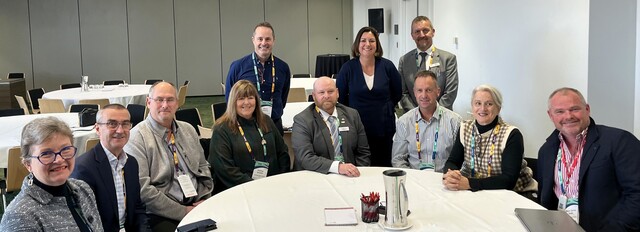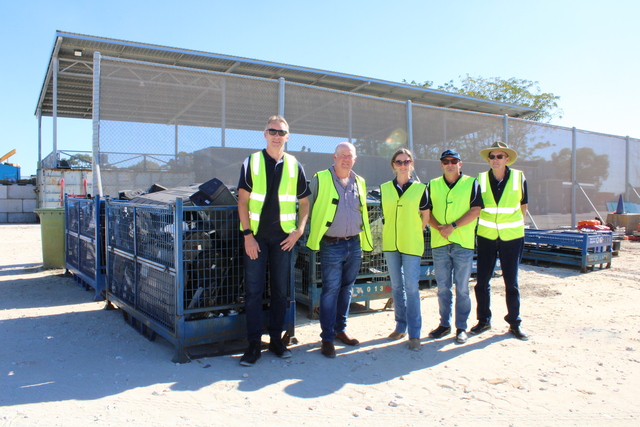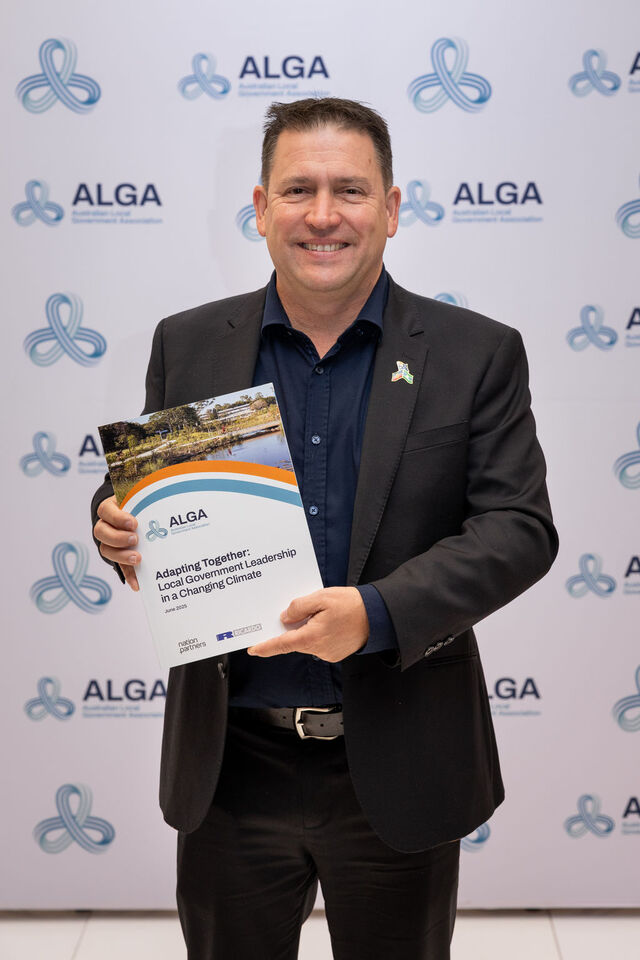Smart controls and innovations are on the rise in the lighting sphere. In 2016, 80,000 LED street lights, the bulk of them smart-city ready if not enabled, were installed throughout Australia.
Compared to the excitement and occasional confusion of only 12 months ago, councils are thinking through the practicalities of managing data and control.
Ironbark Sustainability’s Business Manager, Alexi Lynch, presenter at the Australian Smart Lighting Summit 2016, has seen a lot of changes in the smart control street lighting domain within the last year.
Lynch says councils have moved beyond the innovator phase of technology adoption to an early adopter phase where more mature discussion can transpire concerning smart lighting controls and smart cities.
Victoria is leading the way, with an Australian-first, network-wide, smart street lighting system for councils that will include thousands of smart-city enabled LEDs in Melbourne.
Lynch projects that councils will watch with interest where funding from the first round of the Federal Government’s $50m Smart Cities and Suburbs Program is invested.
Council amalgamations can be viewed as an opportunity for increase in scale, leading to lower capital costs and a more coordinated approach.
The Western Sydney Regional Organisation of Councils (WSROC), for example, are still looking at collectively rolling out street lighting programs despite amalgamations and are even open to supporting other councils in the Endeavour Energy distribution area to progress their LED projects.
The City of Ryde is a notable case study with residential and city smart controls installed over two years ago.
Since 2002, the City has seen street lighting upgrades with multi-functional poles (MFPs) as well as underground metered circuits. The Council is currently converting existing MFP’s to LED with smart controls.
In gearing up for a smart city future, barriers for councils to overcome include a low understanding of the technology, opportunities, ideas and risks associated with smart lighting implementation and the need to adapt to continuous change as opposed to traditional, contained projects. Ultimately, the smart city is a new interaction between static infrastructure and technology, requiring the integration of knowledge and skills in both areas.
Collective industry knowledge gaps can hold back progress as well. Lighting distribution network service providers must work with local governments to understand budget and procurement requirements and the integration of lighting with other council infrastructure.
The Australian Smart Lighting Summit 2017 will see Anthony Ogle present a case study on the City of Ryde’s approach to smart controlled lighting. Alexi Lynch also joins a panel discussion on lighting in urban centres at the Summit.
*Copy supplied by Expotrade







